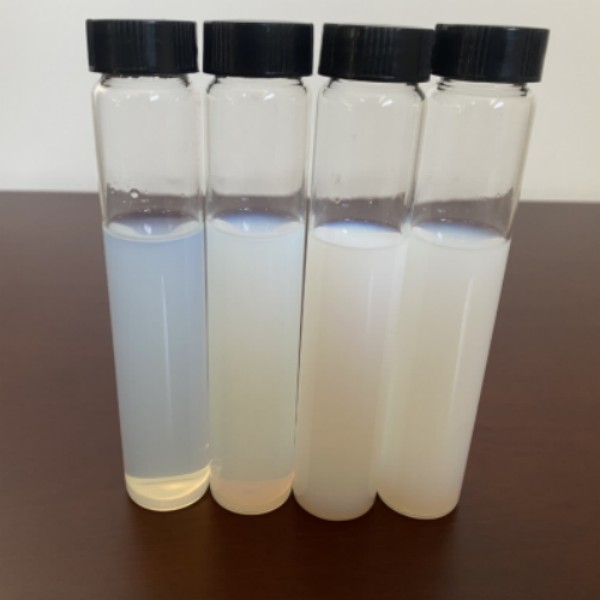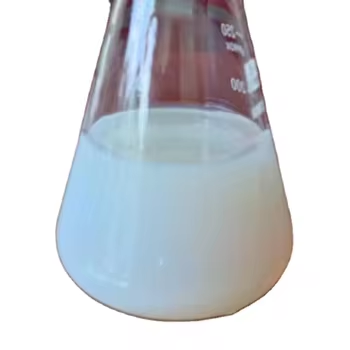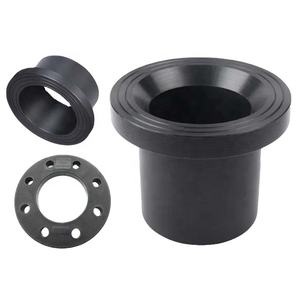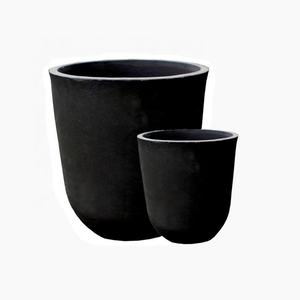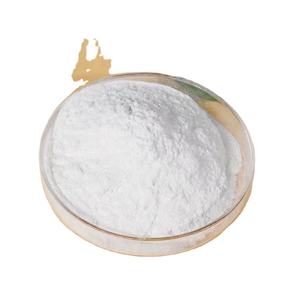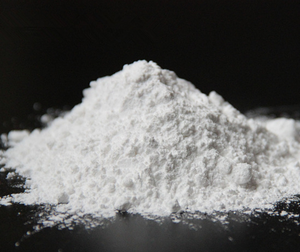1. Material Principles and Microstructural Attributes of Alumina Ceramics
1.1 Make-up, Pureness Grades, and Crystallographic Feature

(Alumina Ceramic Wear Liners)
Alumina (Al Two O FIVE), or light weight aluminum oxide, is among the most commonly used technological porcelains in industrial design as a result of its exceptional balance of mechanical toughness, chemical stability, and cost-effectiveness.
When engineered right into wear linings, alumina ceramics are typically fabricated with pureness degrees ranging from 85% to 99.9%, with greater pureness representing boosted hardness, put on resistance, and thermal performance.
The leading crystalline phase is alpha-alumina, which adopts a hexagonal close-packed (HCP) structure defined by strong ionic and covalent bonding, contributing to its high melting factor (~ 2072 ° C )and low thermal conductivity.
Microstructurally, alumina porcelains consist of penalty, equiaxed grains whose dimension and circulation are controlled during sintering to enhance mechanical homes.
Grain sizes commonly vary from submicron to numerous micrometers, with finer grains usually enhancing crack toughness and resistance to crack propagation under abrasive loading.
Minor ingredients such as magnesium oxide (MgO) are frequently presented in trace amounts to hinder unusual grain growth during high-temperature sintering, making certain uniform microstructure and dimensional stability.
The resulting material exhibits a Vickers hardness of 1500– 2000 HV, substantially surpassing that of solidified steel (typically 600– 800 HV), making it exceptionally immune to surface area deterioration in high-wear atmospheres.
1.2 Mechanical and Thermal Performance in Industrial Issues
Alumina ceramic wear liners are selected mainly for their exceptional resistance to unpleasant, erosive, and sliding wear systems prevalent wholesale product dealing with systems.
They possess high compressive stamina (approximately 3000 MPa), good flexural stamina (300– 500 MPa), and outstanding rigidity (Youthful’s modulus of ~ 380 GPa), allowing them to withstand extreme mechanical loading without plastic deformation.
Although naturally fragile contrasted to metals, their reduced coefficient of rubbing and high surface solidity lessen bit adhesion and reduce wear rates by orders of magnitude about steel or polymer-based choices.
Thermally, alumina preserves structural stability as much as 1600 ° C in oxidizing environments, allowing usage in high-temperature processing atmospheres such as kiln feed systems, central heating boiler ducting, and pyroprocessing equipment.

( Alumina Ceramic Wear Liners)
Its low thermal growth coefficient (~ 8 × 10 ⁻⁶/ K) contributes to dimensional security during thermal biking, decreasing the risk of breaking because of thermal shock when effectively set up.
In addition, alumina is electrically shielding and chemically inert to the majority of acids, alkalis, and solvents, making it suitable for destructive environments where metal liners would certainly weaken quickly.
These combined homes make alumina ceramics optimal for protecting vital facilities in mining, power generation, cement production, and chemical handling sectors.
2. Manufacturing Processes and Style Integration Techniques
2.1 Shaping, Sintering, and Quality Control Protocols
The manufacturing of alumina ceramic wear linings involves a sequence of accuracy production steps designed to accomplish high thickness, minimal porosity, and regular mechanical efficiency.
Raw alumina powders are processed via milling, granulation, and creating strategies such as completely dry pushing, isostatic pressing, or extrusion, relying on the preferred geometry– ceramic tiles, plates, pipes, or custom-shaped sectors.
Environment-friendly bodies are then sintered at temperatures in between 1500 ° C and 1700 ° C in air, advertising densification via solid-state diffusion and attaining family member thickness surpassing 95%, frequently approaching 99% of theoretical density.
Complete densification is important, as residual porosity works as anxiety concentrators and accelerates wear and crack under service problems.
Post-sintering operations may consist of diamond grinding or washing to accomplish limited dimensional resistances and smooth surface area finishes that lessen rubbing and fragment capturing.
Each set goes through strenuous quality assurance, consisting of X-ray diffraction (XRD) for stage evaluation, scanning electron microscopy (SEM) for microstructural evaluation, and solidity and bend screening to verify conformity with international requirements such as ISO 6474 or ASTM B407.
2.2 Mounting Strategies and System Compatibility Considerations
Effective integration of alumina wear liners into industrial tools calls for cautious focus to mechanical add-on and thermal expansion compatibility.
Common installation approaches include sticky bonding using high-strength ceramic epoxies, mechanical fastening with studs or supports, and embedding within castable refractory matrices.
Adhesive bonding is widely used for flat or gently rounded surfaces, offering uniform anxiety distribution and vibration damping, while stud-mounted systems allow for easy substitute and are favored in high-impact zones.
To suit differential thermal expansion between alumina and metal substratums (e.g., carbon steel), engineered spaces, versatile adhesives, or certified underlayers are included to avoid delamination or cracking throughout thermal transients.
Designers should additionally think about edge defense, as ceramic tiles are susceptible to chipping at revealed corners; services consist of beveled edges, steel shadows, or overlapping tile setups.
Proper installment makes sure long service life and maximizes the safety function of the liner system.
3. Use Systems and Performance Evaluation in Service Environments
3.1 Resistance to Abrasive, Erosive, and Effect Loading
Alumina ceramic wear linings excel in settings dominated by three main wear devices: two-body abrasion, three-body abrasion, and fragment disintegration.
In two-body abrasion, difficult fragments or surfaces straight gouge the lining surface area, a common occurrence in chutes, hoppers, and conveyor transitions.
Three-body abrasion includes loosened bits trapped between the liner and relocating material, leading to rolling and scraping action that slowly gets rid of product.
Erosive wear happens when high-velocity fragments strike the surface, specifically in pneumatic communicating lines and cyclone separators.
Due to its high firmness and low crack toughness, alumina is most efficient in low-impact, high-abrasion circumstances.
It performs exceptionally well against siliceous ores, coal, fly ash, and cement clinker, where wear prices can be reduced by 10– 50 times contrasted to mild steel liners.
However, in applications entailing duplicated high-energy impact, such as primary crusher chambers, crossbreed systems combining alumina ceramic tiles with elastomeric backings or metal shields are often employed to absorb shock and protect against fracture.
3.2 Area Testing, Life Cycle Analysis, and Failing Setting Evaluation
Efficiency evaluation of alumina wear linings includes both research laboratory testing and field tracking.
Standardized tests such as the ASTM G65 dry sand rubber wheel abrasion examination provide relative wear indices, while tailored slurry erosion rigs imitate site-specific conditions.
In industrial settings, use rate is usually determined in mm/year or g/kWh, with life span projections based on initial density and observed degradation.
Failure settings include surface polishing, micro-cracking, spalling at edges, and total floor tile dislodgement because of glue destruction or mechanical overload.
Source analysis often discloses setup mistakes, inappropriate quality selection, or unforeseen effect lots as primary contributors to early failure.
Life cycle expense evaluation continually shows that despite greater preliminary prices, alumina linings offer superior total expense of possession because of prolonged substitute intervals, decreased downtime, and lower maintenance labor.
4. Industrial Applications and Future Technological Advancements
4.1 Sector-Specific Applications Across Heavy Industries
Alumina ceramic wear linings are deployed throughout a broad range of commercial markets where product deterioration postures functional and financial obstacles.
In mining and mineral processing, they safeguard transfer chutes, mill liners, hydrocyclones, and slurry pumps from unpleasant slurries containing quartz, hematite, and other difficult minerals.
In nuclear power plant, alumina floor tiles line coal pulverizer ducts, central heating boiler ash hoppers, and electrostatic precipitator elements exposed to fly ash disintegration.
Concrete producers utilize alumina linings in raw mills, kiln inlet areas, and clinker conveyors to deal with the extremely abrasive nature of cementitious products.
The steel sector employs them in blast heating system feed systems and ladle shadows, where resistance to both abrasion and modest thermal tons is important.
Also in much less conventional applications such as waste-to-energy plants and biomass handling systems, alumina ceramics give long lasting security versus chemically hostile and coarse products.
4.2 Arising Trends: Compound Solutions, Smart Liners, and Sustainability
Existing study focuses on improving the toughness and performance of alumina wear systems with composite style.
Alumina-zirconia (Al ₂ O THREE-ZrO TWO) composites leverage change toughening from zirconia to boost split resistance, while alumina-titanium carbide (Al ₂ O SIX-TiC) qualities use improved efficiency in high-temperature gliding wear.
Another advancement includes installing sensors within or below ceramic liners to monitor wear progression, temperature level, and impact regularity– enabling predictive upkeep and digital twin integration.
From a sustainability perspective, the extensive life span of alumina liners reduces material usage and waste generation, aligning with round economic climate concepts in commercial procedures.
Recycling of invested ceramic liners into refractory aggregates or building and construction materials is likewise being explored to lessen environmental impact.
In conclusion, alumina ceramic wear liners stand for a foundation of modern-day industrial wear protection innovation.
Their extraordinary hardness, thermal security, and chemical inertness, integrated with fully grown production and setup practices, make them important in combating material destruction throughout heavy markets.
As product scientific research advances and electronic monitoring comes to be extra integrated, the future generation of wise, resistant alumina-based systems will further improve functional efficiency and sustainability in abrasive environments.
Supplier
Alumina Technology Co., Ltd focus on the research and development, production and sales of aluminum oxide powder, aluminum oxide products, aluminum oxide crucible, etc., serving the electronics, ceramics, chemical and other industries. Since its establishment in 2005, the company has been committed to providing customers with the best products and services. If you are looking for high quality alumina ceramic components inc, please feel free to contact us. (nanotrun@yahoo.com)
Tags: Alumina Ceramic Wear Liners, Alumina Ceramics, alumina
All articles and pictures are from the Internet. If there are any copyright issues, please contact us in time to delete.
Inquiry us









